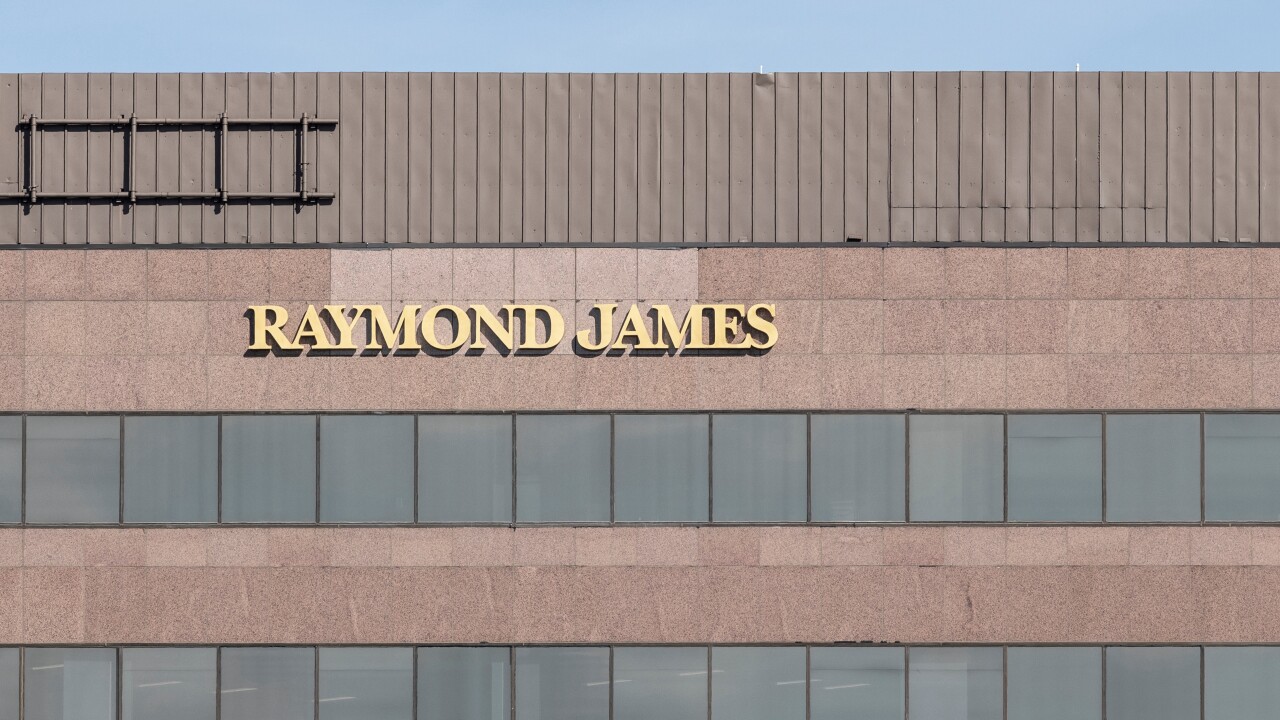Managed futures offer a less risky way to give managers commodities exposure.
Futures trading remains a specialized field due in part to the very leverage that brought down the fictional Duke Brothers in the classic comedy Trading Places.
With this in mind, managers have been turning to "managed futures" funds as a less risky way to capture the benefits of commodity futures for their clients.
The limited partnership model may be losing market share to lower fee options such as mutual funds and ETF's.
The Trend-Following Model
Available as limited partnerships, mutual funds and, more recently, ETFs, managed futures funds generally adhere to the "trend-following" model to make money both long and short in commodity and financial futures. Using this strategy, experts aided by computers seek opportunities in any futures market that looks as if it is making an intermediate or long-term move up or down-an approach that's almost impossible for individual investors to duplicate. Adding managed futures to a portfolio doesn't necessarily improve performance, but it may add resilience. Morningstar reports that the five-year average annual return of managed futures mutual funds was a negative 4.88% at the start of 2014. Ryan Issakainen, SVP and ETF strategist at ETF sponsor First Trust Advisors, compared a 60/40 stock and bond portfolio with a hypothetical 45/40/15 stock, bond and managed futures mix for the period 1988 to 2012. His figures, using commonly quoted indexes, showed a slightly lower annual return with the managed futures added, but less volatility.
AQR Capital Management in Greenwich, Conn., back-tested managed futures strategies for the last 100 years. Its work demonstrates that trend-following futures strategies did well when stock and bond portfolios performed their worst. AQR's hypothetical look at the 10 worst performance periods for a 60/40 stock and bond portfolio since 1914 showed gains for a hypothetical trend-following managed futures strategy during those same periods, except for the abrupt October 1987 stock and bond market crash.
The CME Group, the world's largest futures exchange, cites 30-year returns from managed futures besting the S&P 500, as reported by independent data collection firm BarclayHedge. But 30-year returns are misleading. Since only small cash balances are required to control large futures positions, funds invest most of their assets in short-term Treasuries held as collateral. Mutual funds generally offer investors more transparency and lower fees than limited partnerships, but some mutual funds hold other funds that charge another layer of fees that lower their returns.





